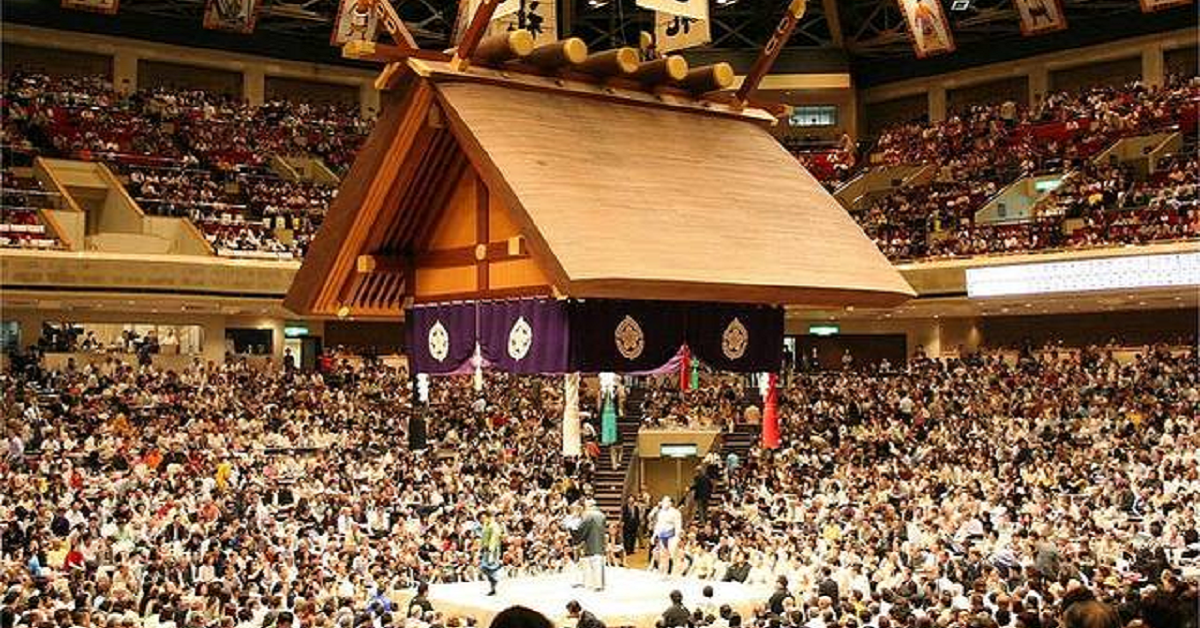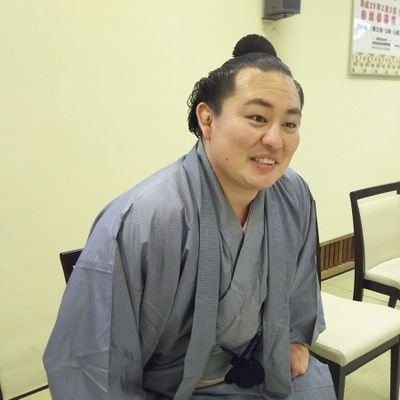A Sajiki-seki is a special box-style seat that lets you experience Japan’s national sport, sumo, up close and personal. Located around the dohyo (sumo ring), these tatami-lined seats allow spectators to sit on cushions and feel every impact of the wrestlers’ collisions. It’s a unique blend of tradition and live intensity that captures the true spirit of Japan.
What Is a Sajiki-seki
A Sajiki-seki (box seat) is a section of tatami-floored seating located around the sumo ring in each tournament arena. Each square space, known as a “masu-seki”, is designed for up to four spectators sitting on cushions. Watching from here, you can feel the intensity of every clash, the sound of salt being thrown, and the roar of the audience.
The proximity to the dohyo allows you to sense the breath, power, and movement of the wrestlers in a way that television cannot convey. You also hear the rhythmic chants of the yobidashi (announcer) and the gyoji (referee), immersing yourself completely in Japan’s living tradition.
The Sajiki-seki area is also considered the most prestigious part of the arena, often reserved for honored guests or public figures. Thus, appropriate manners and attire are expected, reflecting the refinement and respect that define Japanese culture.
Types and Prices of Sajiki-seki
Sajiki-seki are divided into several ranks based on location and price. The closer the seat is to the ring, the stronger the sense of presence and intensity.
| Type of Seat | Description | Approximate Price (per box for 4 people) |
|---|---|---|
| Special Sajiki-seki (Front Row) | Closest to the dohyo, offering the most intense experience | ¥150,000–¥200,000 |
| First-Class Sajiki-seki | Standard box seat with excellent visibility | ¥120,000–¥150,000 |
| Second-Class Sajiki-seki | Slightly farther but great for a full view and photos | ¥90,000–¥120,000 |
| Third-Class Sajiki-seki | Rear section, affordable and ideal for beginners | ¥60,000–¥90,000 |
Traditionally, each box is sold for four people, but one- and two-person boxes have recently become available, offering more comfort for solo travelers and foreign visitors.
The real charm of the Sajiki-seki lies not only in the view but also in its atmosphere of cultural authenticity—a space where you sit on tatami, surrounded by cheers, and experience the weight of Japanese heritage.
How to Enjoy Sajiki-seki
Beyond watching the bouts, the Sajiki-seki experience offers many cultural delights unique to Japan. Between matches, the rhythmic drumming of the yobidashi, the referee’s chanting voice, and the audience’s reactions create a deeply immersive atmosphere.
Meals and drinks are also part of the experience. Traditional bento boxes, tea, and beer are often provided, allowing you to enjoy the matches while dining on the tatami.
| Enjoyable Feature | Description | Highlight |
|---|---|---|
| Makunouchi Bento | A traditional lunch box featuring seasonal dishes | Often beautifully wrapped with sumo motifs |
| Tea and Beer | Served at your seat | Enjoy responsibly and quietly |
| Souvenirs | Towels, programs, and rank sheets | Popular keepsakes for tourists |
Spectators often exchange friendly comments about the matches, creating a warm, communal atmosphere that makes sumo more than just a sport—it becomes a shared cultural event.
Etiquette in Sajiki-seki
Because Sajiki-seki embodies Japanese tradition, proper manners and respectful behavior are essential. Understanding a few basic customs helps ensure a pleasant experience for everyone.
| Rule | Details | Reminder |
|---|---|---|
| Remove your shoes | Enter the tatami area barefoot or in socks | Keep shoes in a bag to protect the floor |
| Seating posture | Seiza (kneeling) is formal, but cross-legged sitting is fine | Avoid disturbing nearby guests |
| Photography | Flash photography is prohibited during bouts | Take photos only during intermissions |
| Food and drinks | Eat quietly and clean up after yourself | Dispose of waste properly |
By observing these customs, you show respect for both the culture and fellow spectators, enriching your sumo experience.
Differences Between Sajiki-seki and Chair Seats
While Sajiki-seki offers a traditional atmosphere, chair seats provide modern comfort. The right choice depends on your preference.
| Comparison Point | Sajiki-seki | Chair Seat |
|---|---|---|
| Seating Style | Sit on cushions on tatami | Sit on chairs |
| Atmosphere | Traditional and immersive | Relaxed and modern |
| Distance from Ring | Very close and intense | Farther but good overall view |
| Price | Higher (sold per box) | More affordable |
For beginners, chair seats may feel easier, but to truly experience Japanese culture, Sajiki-seki is the best choice. You don’t just “watch” sumo—you feel the energy, rhythm, and spirit of the event.
How to Buy Sajiki-seki Tickets
Sajiki-seki tickets are highly sought after and often sell out quickly. Knowing where and how to buy them is key.
| Purchase Method | Description | Benefit |
|---|---|---|
| Japan Sumo Association Official Website | Official and secure; English support available | Reliable for foreign visitors |
| Ticket Pia / Lawson Ticket | Allows seat selection | Easier to choose closer seats |
| Travel Agency Tours | Includes bento, souvenirs, and guides | Perfect for beginners |
For international visitors, guided sumo tours with interpreters and cultural explanations are increasingly popular. Booking early ensures the best seats and a smooth experience.
The Deeper Appeal of Sajiki-seki
The allure of Sajiki-seki lies in more than just proximity to the dohyo—it’s about tradition, dignity, and connection. Each bout begins with ritual salt throwing and ceremonial movements, reflecting Shinto beliefs of purification. These customs represent the spiritual essence of Japanese aesthetics.
Seasonal decorations and performances also add charm to each tournament. For example, New Year tournaments feature festive décor, while summer events highlight cool, refreshing designs.
After the matches, visitors can explore the souvenir shops selling official rank sheets, photos, and sumo memorabilia, taking home a tangible memory of the day. For many foreign guests, this becomes a treasured moment of cross-cultural connection.
Conclusion
The Sajiki-seki offers the most immersive and authentic way to experience sumo. Sitting on tatami, watching wrestlers clash just meters away, you become part of a centuries-old tradition.
By following the proper etiquette, you can fully appreciate the intensity, respect, and harmony that define sumo. Though less convenient than modern seating, this slight discomfort is part of its beauty—it represents the discipline and grace at the heart of Japanese culture.
When you visit Japan, make time to experience sumo from the Sajiki-seki. There, you’ll discover the true essence of Japan—its sounds, spirit, and energy—woven together in one unforgettable spectacle.





コメント